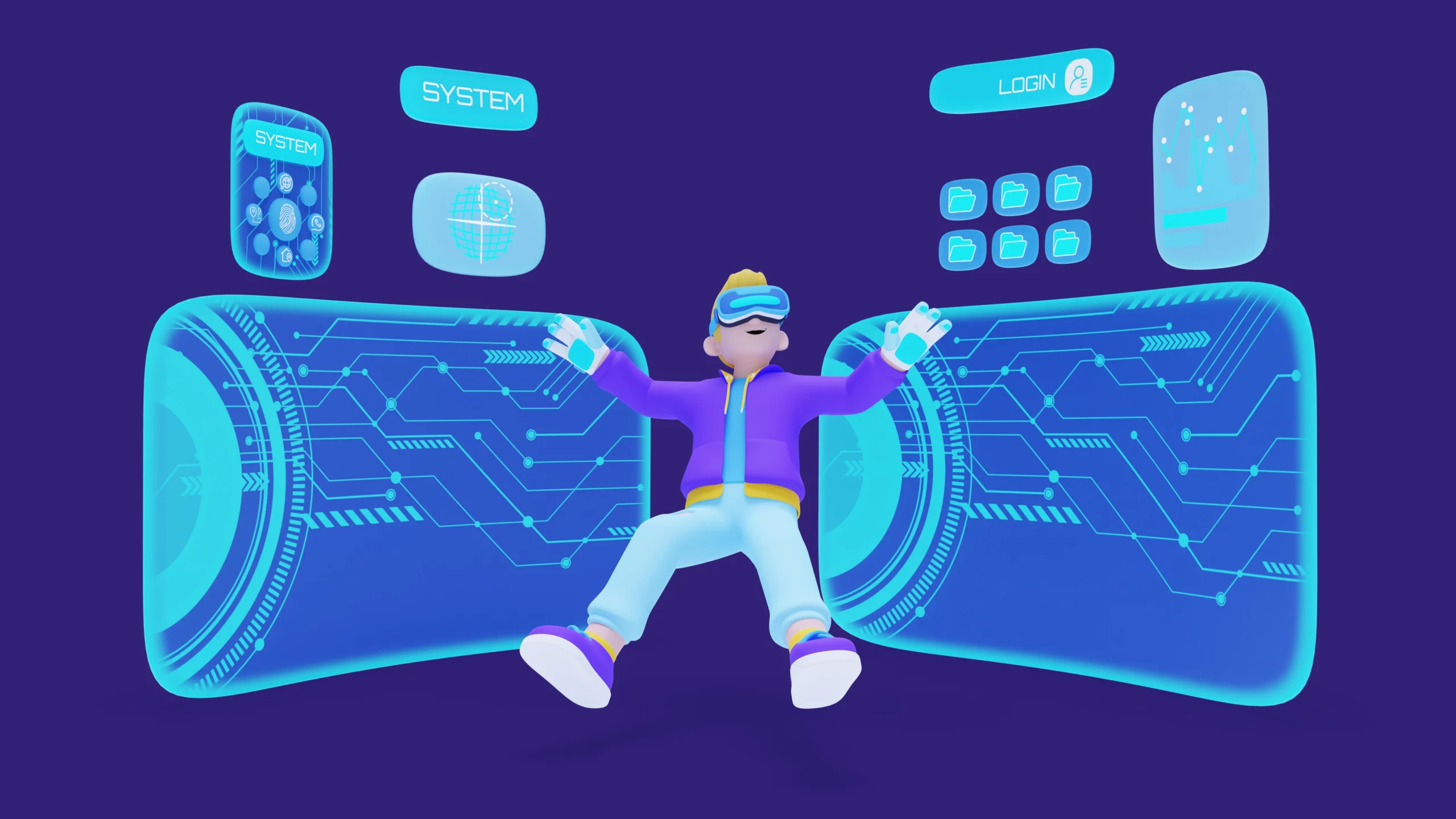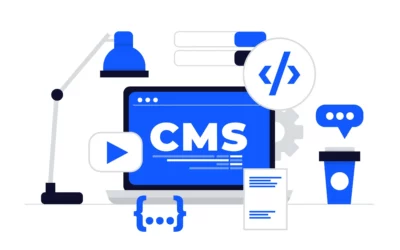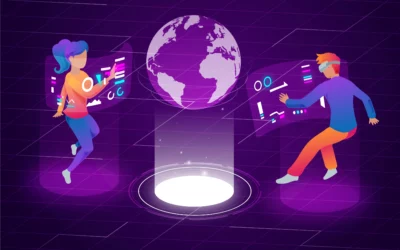Introduction:
The world of Information Technology (IT) is changing rapidly. The new technologies and trends emerging now are reshaping how businesses work and how we interact with technology. Here’s an in-depth look at the future of IT broken down point by point.
1. Artificial Intelligence (AI) and Machine Learning (ML)
a. Enhanced Automation:
AI Integration: AI will continue to become a part of various business processes, automating repetitive tasks, improving decision-making, and boosting efficiency.
Predictive Analytics: Machine learning algorithms will offer predictive analytics, helping businesses foresee market trends, customer behaviors, and potential risks.
b. Personalization:
Customer Experience: AI-driven personalization will redefine customer service by providing customized experiences based on individual preferences and behaviors.
Content Recommendations: Personalized content delivery, like in marketing and entertainment, will become more advanced.
2. Quantum Computing
a. Computational Power:
Problem Solving: Quantum computers will solve complex problems much faster than traditional computers, transforming fields like cryptography, material science, and complex system simulations.
Optimization: Quantum computing will improve optimization problems in logistics, finance, and supply chain management.
b. Research and Development:
Healthcare: Quantum computing will speed up drug discovery and personalized medicine.
Climate Modeling: More precise climate models will aid in understanding and addressing climate change.
3. 5G and Beyond
a. Faster Connectivity:
Speed and Latency: 5G will deliver significantly faster internet speeds and lower latency, enabling real-time data processing and communication.
IoT Expansion: Improved connectivity will enhance the Internet of Things (IoT), leading to smarter cities, autonomous vehicles, and more interconnected devices.
b. New Applications:
Augmented and Virtual Reality: 5G will enable seamless AR and VR experiences, impacting gaming, education, and remote work.
Remote Healthcare: Telemedicine will progress with real-time consultations and remote surgeries becoming more feasible.
4. Cybersecurity
a. Advanced Threat Detection:
Cybersecurity with AI: AI will play a significant role in identifying and addressing cyber threats in real-time, thereby enhancing overall security.
Zero Trust Architecture: Organizations will embrace zero trust security models to ensure that no one, whether inside or outside the network, is automatically trusted.
b. Data Privacy:
Compliance with Regulations: In response to increasing data privacy regulations such as GDPR and CCPA, businesses will need to ensure compliance through advanced data management and protection strategies.
Encryption and Blockchain: Enhanced encryption methods and blockchain technology will be used to secure data and transactions effectively.
5. Cloud Computing and Edge Computing
a. Hybrid Cloud Solutions:
Scalability and Flexibility: Businesses will increasingly adopt hybrid cloud solutions, combining public and private clouds for improved scalability, flexibility, and cost management.
Cloud-native Applications: The development of cloud-native applications will become more widespread, making use of microservices and containerization.
b. Edge Computing:
Data Processing: Edge computing will handle data closer to its source, reducing latency and bandwidth usage, which is crucial for applications like autonomous vehicles and smart grids.
IoT Integration: As IoT devices become more widespread, edge computing will be essential for real-time data analysis and decision-making.
6. Blockchain Technology
a. Beyond Cryptocurrencies:
Enhancing Supply Chain
Management: Blockchain will improve transparency and traceability in supply chains, reducing fraud and enhancing efficiency.
Smart Contracts: Automation and enforcement of agreements through smart contracts will reduce the need for intermediaries in various industries.
b. Digital Identity:
Secure Digital Identity Verification: Blockchain will offer secure and decentralized digital identity solutions, improving online security and reducing identity theft.
Voting Systems: Secure and transparent voting systems using blockchain could revolutionize democratic processes.
7. Sustainable IT
a. Green Computing:
Energy Efficiency: Future IT infrastructure will focus on energy-efficient hardware and data centers to reduce the carbon footprint.
Renewable Energy: The increased use of renewable energy sources will power data centers more sustainably.
b. Circular Economy:
Effective E-Waste Management: Emphasis on recycling and reusing electronic components will minimize e-waste.
Sustainable Practices: Adoption of sustainable practices in manufacturing and supply chain operations will promote environmental responsibility.
8. Augmented Reality (AR) and Virtual Reality (VR)
a. Immersive Experiences:
When it comes to training and education, AR and VR are set to transform the way we learn by providing immersive, hands-on experiences.
In entertainment and gaming, enhanced AR and VR technologies will bring about more captivating and interactive experiences.
b. Remote Work and Collaboration:
VR meetings will offer a more immersive and interactive approach to collaborating remotely.
AR and VR will play a significant role in the design and prototyping processes, enabling virtual testing and modifications.
Conclusion
The future of IT is an exciting and challenging one, with groundbreaking technologies reshaping our lives and work. By staying ahead of these trends, businesses and professionals can fully leverage the potential of these innovations, ensuring they remain competitive and relevant in the ever-evolving digital landscape. Embracing these changes will not only enhance efficiency and productivity but also pave the way for a more connected, secure, and sustainable world.





